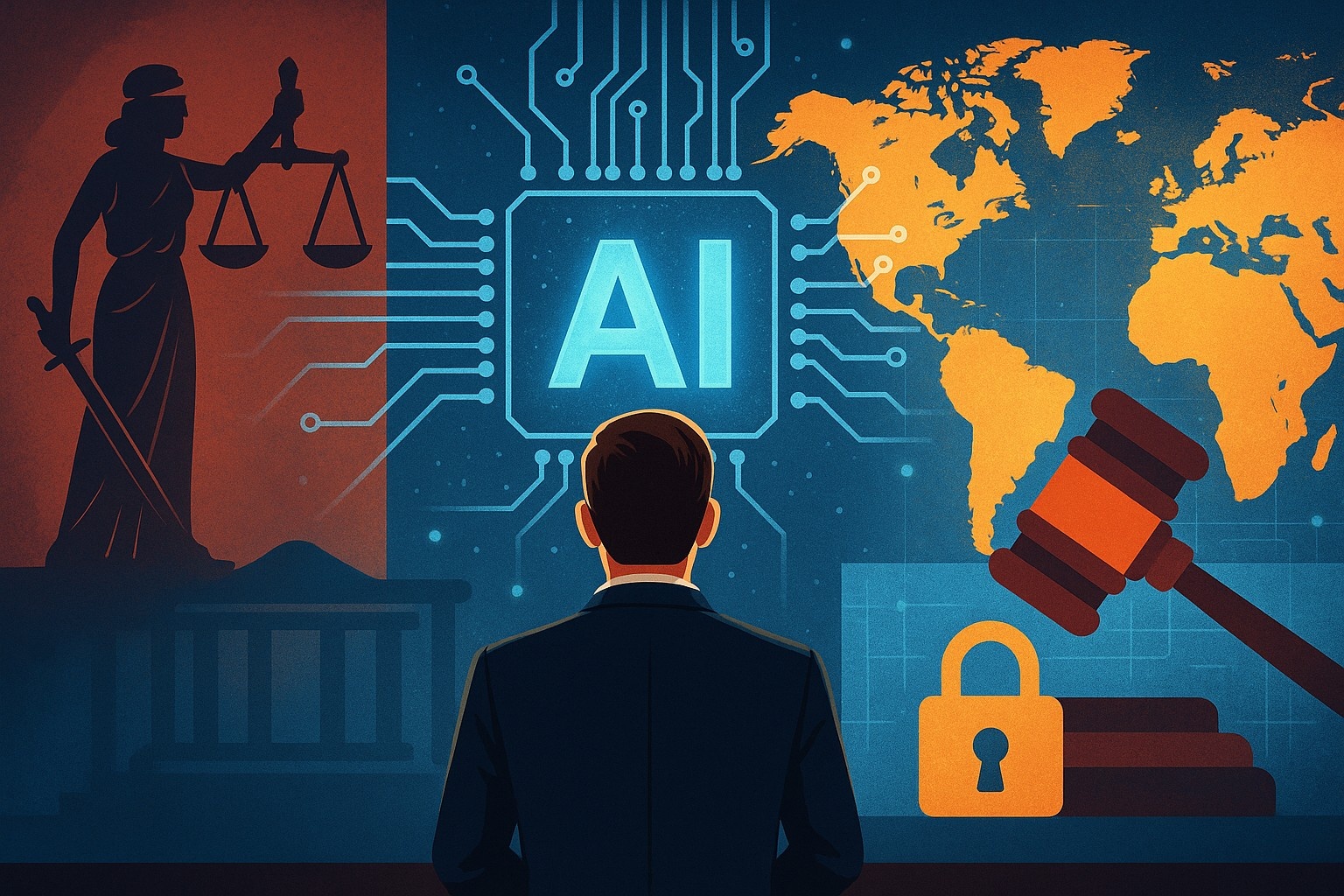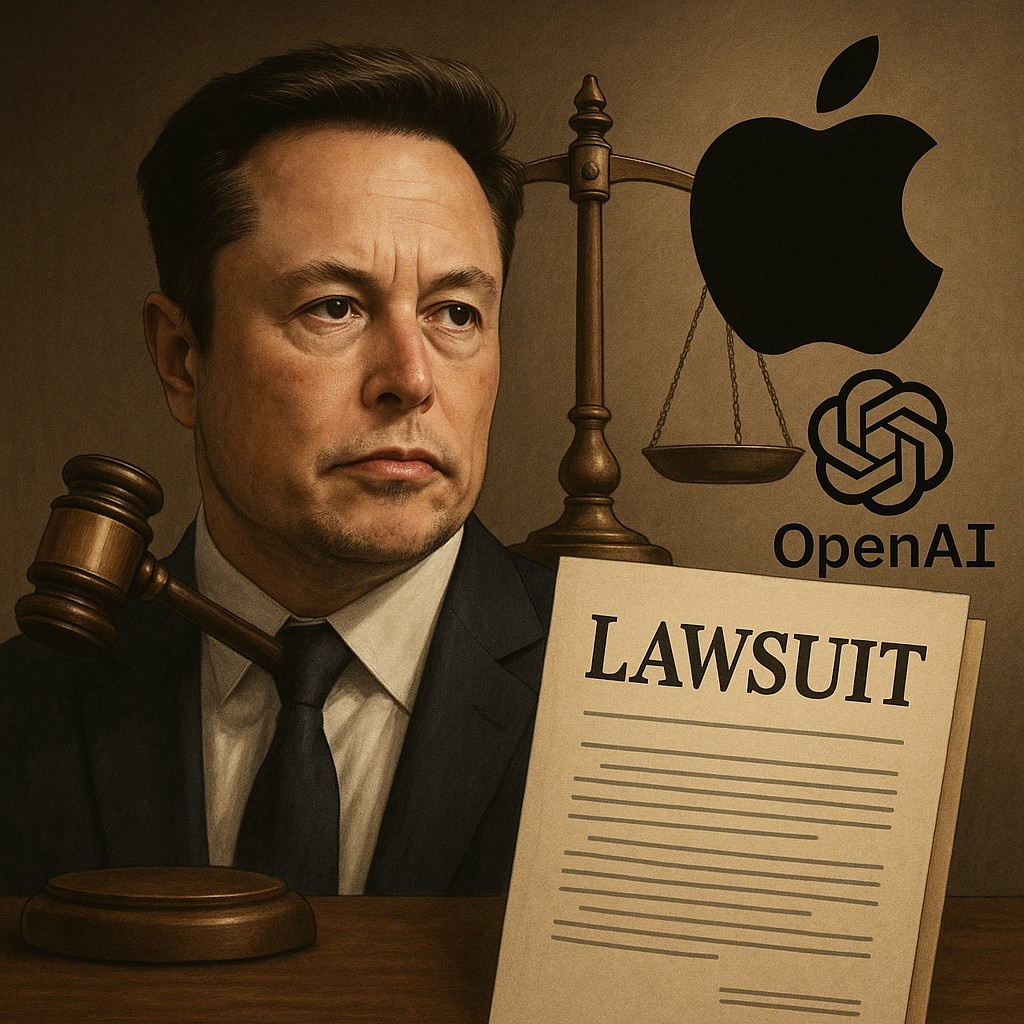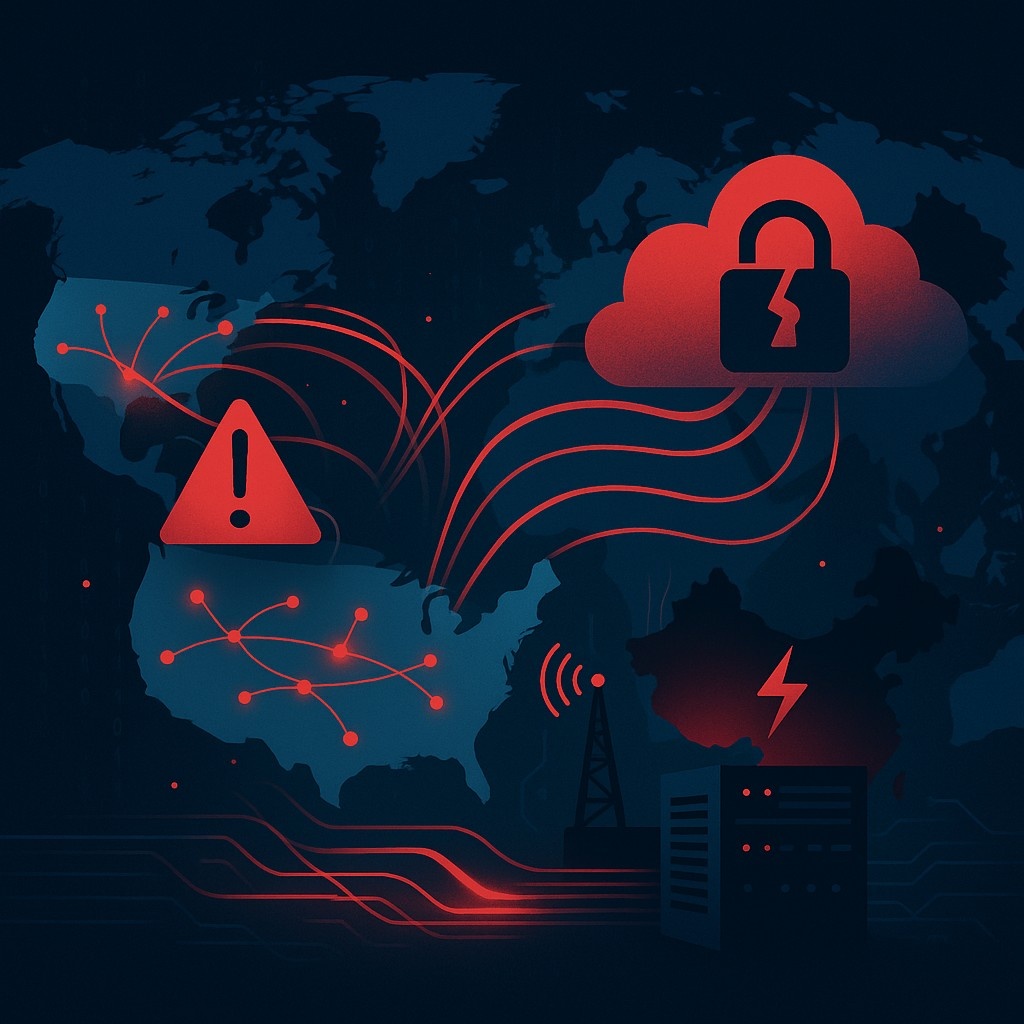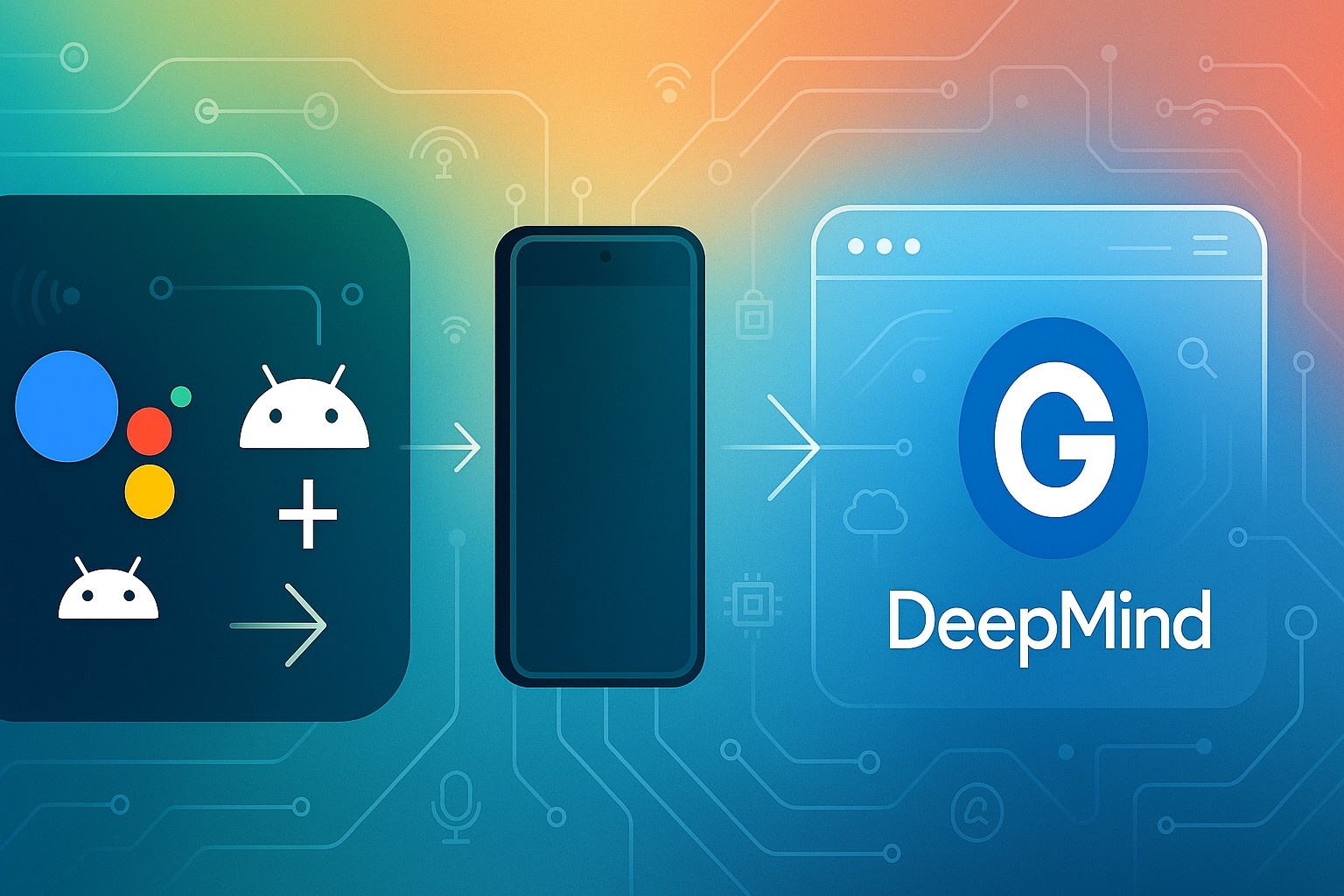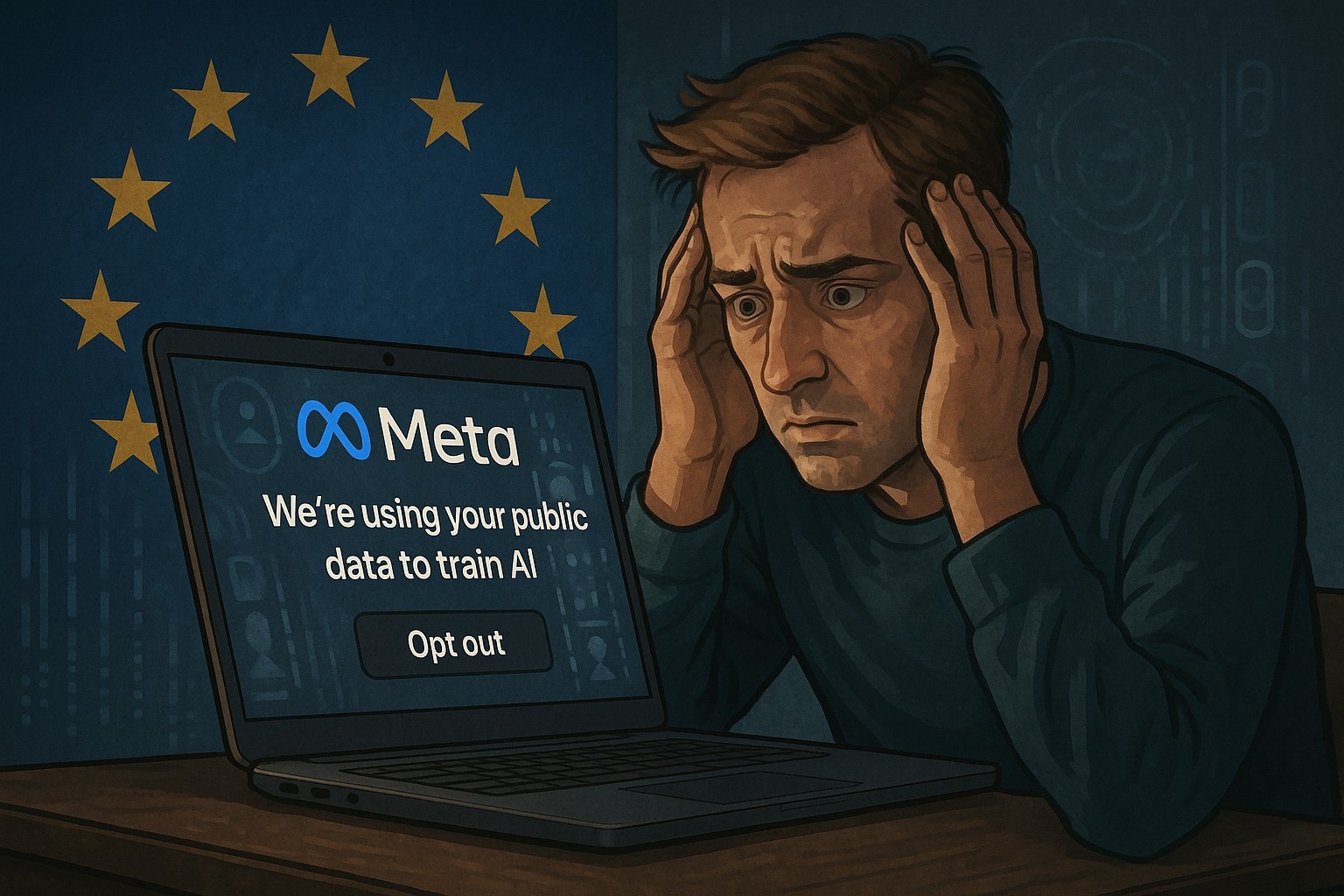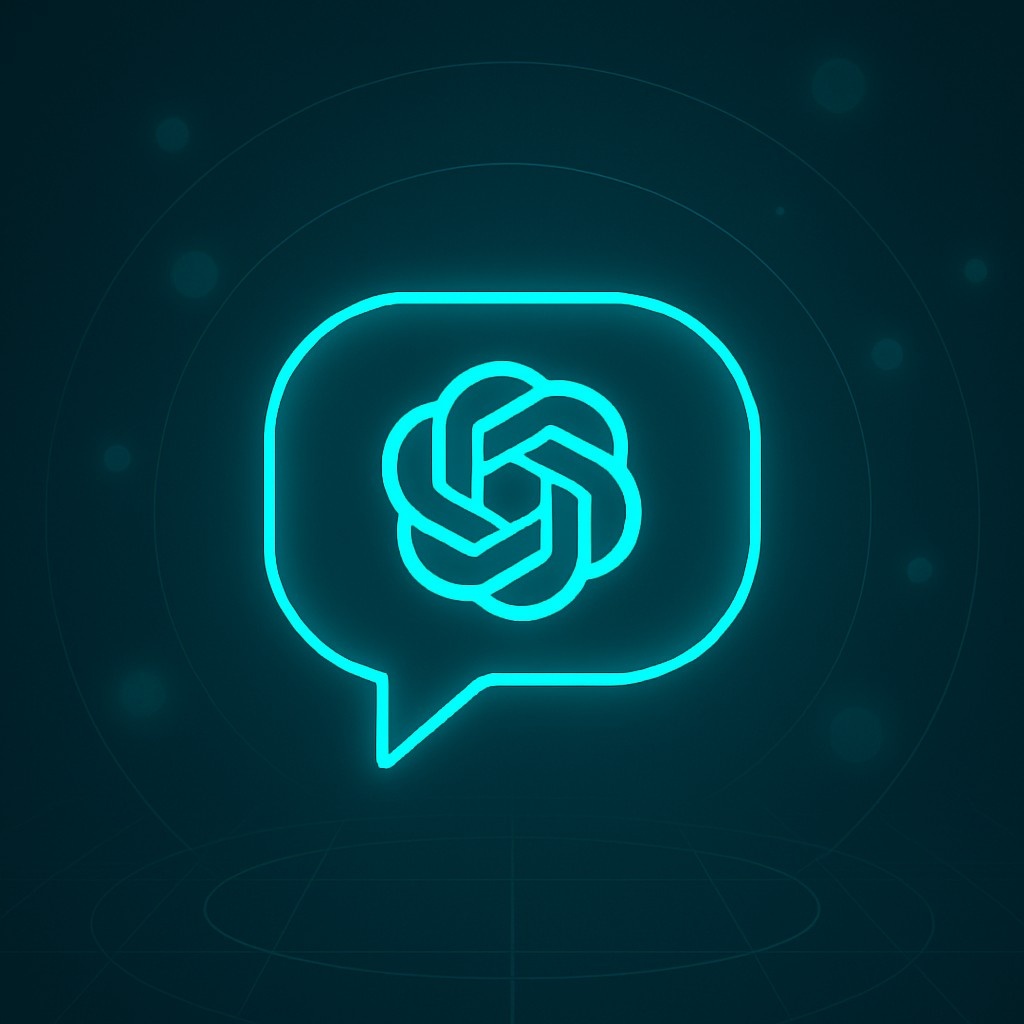Regulating the AI Revolution: How Governments Are Trying to Keep Up
As generative AI takes over the world, a key question is echoing across continents: How do we make sure AI is safe, ethical, and trustworthy? In 2025, this question is no longer theoretical. Governments and lawmakers — from the U.S. to Europe to China — are actively working to answer it.
The pace of AI innovation caught many by surprise, but now regulators are scrambling to catch up. A wave of new policies, proposals, and debates has begun, all aiming to reduce potential risks like bias, misinformation, or threats to privacy — but without killing off innovation. The decisions being made now will shape everything: how companies build AI, how investors assess its future, and how ordinary people — especially younger generations — interact with these tools every day. In this article, we explore how the world is beginning to write the rulebook for AI. From Europe’s strict new law to the U.S.'s cautious approach and Asia’s tight controls, governments are trying to find the right balance between opportunity and oversight.
Europe Sets the Standard with the First Full AI Law
When it comes to regulating AI, Europe is leading the way. In 2024, the European Union officially passed the Artificial Intelligence Act, the first major law in the world focused solely on AI. Much like how Europe’s GDPR became the global model for data privacy laws, the AI Act could become a similar blueprint for AI governance.
The law, which comes into effect starting mid-2024, takes a “risk-based” approach. That means AI systems considered high-risk — such as those used in credit scoring, hiring, or medical decisions — must follow strict rules. Companies will need to explain how their AI works, show what kind of data it was trained on, and include human oversight to avoid harm. For general-purpose AI models, like those used in chatbots, the rules are less strict but still require transparency and safety disclosures.
The law also bans certain types of AI completely. These include:
- AI that ranks or scores people socially (like a dystopian “Black Mirror” scenario)
- Predictive policing tools
- Facial recognition in public spaces — unless used in serious criminal investigations
These bans reflect Europe’s strong focus on protecting human rights. EU leaders have made it clear that trust, transparency, and accountability are central to their AI strategy — even if it means being tough on tech. Companies that break the law could face fines of up to 7% of their global revenue.
Although the law won’t be fully enforced until 2026, its effects are already being felt. Any company — from anywhere — that wants to operate in Europe must follow these rules. Experts believe other countries will likely adopt similar laws, just like they did with GDPR. In fact, the AI Act is already pressuring other regions to step up.
The U.S.: Slow Steps, Big Debates
In contrast to Europe, the U.S. has taken a slower and more flexible approach. So far, there’s no single federal law for AI. Instead, the U.S. has relied on a mix of government actions, voluntary agreements, and public hearings.
In late 2023, President Biden signed an Executive Order promoting “safe, secure, and trustworthy” AI development. It set goals like testing AI for safety, minimizing the use of personal data, and reducing algorithmic bias. But Executive Orders can be changed by future presidents — they’re not the same as actual legislation.
To fill this gap, lawmakers in Congress have started discussing formal laws. In one key Senate hearing in May 2023, OpenAI CEO Sam Altman urged the government to regulate AI — even suggesting a licensing body for powerful AI models, similar to how nuclear material is handled. There was broad agreement that regulation is needed, but there’s no clear consensus yet.
In the meantime, the White House got top AI companies — like OpenAI, Google, and Microsoft — to make voluntary safety pledges. These included commitments to watermark AI-generated content and open their models to outside audits. However, these promises aren’t legally binding.
Still, pressure is growing. Concerns in the U.S. focus on AI’s potential to:
- Spread misinformation during elections (e.g., via deepfakes)
- Introduce bias in hiring or policing
- Violate data privacy or copyright laws
New bills are being introduced. One would require political ads to disclose if they contain AI-generated content. Another proposes creating a Federal AI Safety Institute to test and approve AI tools before they go public.
There’s also ongoing backlash from artists and publishers about AI models trained on scraped internet content, raising copyright and privacy questions.
For now, the U.S. seems to be following a “move carefully and don’t break things” strategy — avoiding tough laws while encouraging innovation. But agencies like the Federal Trade Commission (FTC) have warned they’ll use existing consumer protection laws to go after bad actors in the AI space. At the state level, California is considering its own AI regulations, and several states are launching commissions to study AI’s effects on jobs and civil rights.
As one Reuters report put it: Europe has passed a strict law with serious penalties, while America is still relying on voluntary compliance and slow progress. How long this gap continues may depend on whether something major — like a harmful AI mistake — forces faster action in the U.S.
Asia: Innovation Meets Control
Asia’s approach to AI varies widely, but China is the standout player. The Chinese government has both embraced and controlled AI — but for different reasons than democracies in the West. For Beijing, the main priority is to keep AI aligned with the state’s values and authority.
In mid-2023, China rolled out the first rules specifically for generative AI, issued by the Cyberspace Administration of China. These rules say AI tools must:
- Follow “core socialist values”
- Register algorithms with the government
- Avoid banned content (like political dissent or pornography)
In practice, this means AI tools in China must include censorship from the start. Companies like Baidu and Alibaba had to follow these rules when launching ChatGPT-style bots.
China’s government also demands AI tools label generated content clearly and prioritize data security and bias control — though their main concern is political bias.
Before launching any AI publicly, companies must get government approval. This tight regulation is very different from the open innovation seen in the West. Still, it hasn’t slowed China’s AI boom. On the contrary, Chinese firms have jumped into the AI race enthusiastically, with full state support and funding.
Elsewhere in Asia:
- Japan and South Korea are taking a U.S.-like approach — promoting innovation while drafting ethical guidelines.
- India has said it won’t rush into AI regulation, preferring to focus on growth — though it has enforced strong data protection laws and banned TikTok in the past.
- Singapore and Indonesia are experimenting with frameworks and exploring minimum age limits for AI use, often inspired by EU or U.S. models.
By 2025, the push for global coordination is growing. The G7 countries have launched an AI governance initiative, and the United Nations is hosting discussions about a potential global advisory body. This matters because AI crosses borders. If Europe says a tool is unsafe but the U.S. allows it, who’s right? It’s a lot like how climate change or cybersecurity needs global cooperation.
Striking the Right Balance: Innovation Without Chaos
The main challenge is this: Can we regulate AI without slowing down its progress?
Early signs suggest it’s possible. Europe’s AI Act was designed with input from the tech industry and avoids blocking innovation outright. It puts more focus on how AI is used rather than banning broad categories. Lawmakers believe that when people trust AI, they’ll use it more. The IMF agrees — saying clear rules can actually make AI’s economic benefits stronger.
Companies are already preparing:
- Appointing AI ethics officers
- Auditing systems for bias
- Creating documentation to meet future rules
Some firms are even welcoming regulation. One consistent global rulebook is better than dozens of conflicting ones. Still, not everyone’s happy. In Europe, Big Tech lobbied hard to soften the AI Act, saying some parts were unclear or too strict. But regulators stood firm.
In the U.S., debates continue. Leaders don’t want to repeat the mistakes of the social media era, when tech grew faster than the rules and later caused massive problems (privacy breaches, mental health issues, election manipulation). With AI, there’s still a chance to get ahead of the curve — but U.S. officials don’t want to hurt innovation either.
Interestingly, new ideas like AI audits and insurance are gaining traction. Just like companies get cybersecurity checks, they might soon need independent evaluations of AI systems for fairness and safety. In fact, the UK’s media regulator Ofcom has already asked tech platforms to report how they’re managing AI-related online harms. Some insurers are even developing policies to cover AI failures.
Final Thoughts
The year 2025 marks a turning point in the global effort to govern AI. Europe has made history with a powerful new law rooted in human rights. The U.S. is debating how to support innovation while tackling risks — so far leaning on voluntary actions. Asia, especially China, is blending fast development with strict control.
Despite different methods, the goal is shared: build AI systems that are fair, transparent, and safe. For users, developers, and investors, these rules may feel complex at times. But they’re also a clear sign: AI is no longer just a tool — it’s a force that must be managed wisely.
